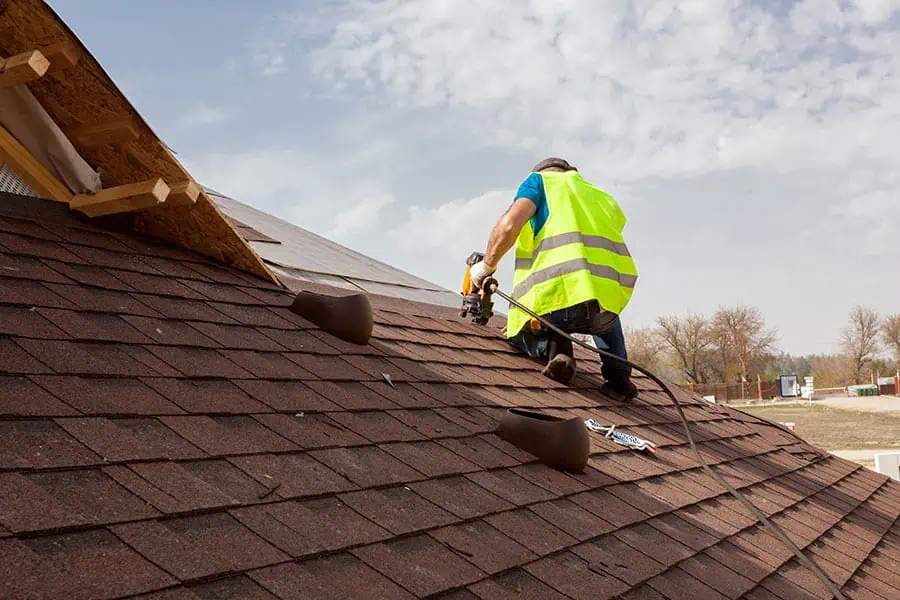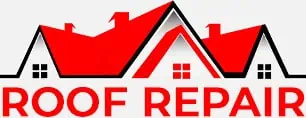Residential Roof Repair

Introduction
Residential roof repair refers to the process of fixing and maintaining the roof of a residential building to ensure its structural integrity and protect the home from environmental elements. This essential home maintenance task involves identifying and addressing various roofing issues to extend the lifespan of the roof and prevent more extensive damage.
Types of Residential Roofs
Residential roofs come in various styles and materials, each with unique repair considerations:
Sloped Roofs
- Gable roofs
- Hip roofs
- Mansard roofs
Flat Roofs
Common Roofing Materials
- Asphalt shingles
- Metal
- Tile
- Wood shakes
Common Residential Roof Problems
Several issues can affect residential roofs, requiring repair:
- Roof leaks
- Missing or damaged shingles
- Flashing issues
- Gutter problems
- Weather-related damage
- Standing water (especially on flat roofs)
- Shrinkage
- Storm damage
- Tree or shrubbery damage
Residential Roof Repair Process
The roof repair process typically involves the following steps:
- Inspection and assessment
- Identifying the source of the problem
- Determining appropriate repair techniques
- Gathering necessary materials and tools
- Executing the repair
DIY vs. Professional Residential Roof Repair
While some minor repairs can be done by homeowners, most roofing problems should be addressed by professional roofers due to safety concerns and the risk of improper repairs leading to more extensive damage.
When to Attempt DIY Repairs
- Minor issues like replacing a few shingles
- Simple maintenance tasks like cleaning gutters
Benefits of Hiring Professional Roofers
- Expertise and experience
- Proper equipment and safety measures
- Insurance coverage
- Warranty on work performed
Preventive Maintenance for Residential Roofs
Regular maintenance can help prevent the need for extensive repairs:
- Conduct regular inspections (at least annually)
- Clean gutters and downspouts
- Trim overhanging tree branches
- Address minor issues promptly
- Ensure proper attic ventilation
Cost Factors in Residential Roof Repair
Several factors influence the cost of roof repairs:
- Extent of damage
- Roofing materials
- Labor costs
- Geographic location
- Roof accessibility
- Time of year
When to Consider Roof Replacement Instead of Repair
In some cases, roof replacement may be more cost-effective than repair:
- When the roof is nearing the end of its expected lifespan
- If repair costs exceed 30% of replacement costs
- When there are multiple leaks or widespread damage
- If the roof is sagging, indicating structural issues
Insurance Considerations for Residential Roof Repair
Homeowners insurance often covers roof repairs resulting from sudden, accidental damage such as storm damage. However, damage due to lack of maintenance or normal wear and tear is typically not covered.
Environmental Considerations in Residential Roof Repair
Sustainable roofing options are becoming increasingly popular:
- Energy-efficient roofing materials
- Recycling old roofing materials
- Green roofing solutions
- Solar roofing options
Importance of Professional Inspection
Regular professional inspections are crucial for maintaining roof integrity and identifying potential issues before they become major problems. Most experts recommend at least one inspection per year.By understanding the various aspects of residential roof repair, homeowners can make informed decisions about maintaining their roofs and protecting their homes from potential damage.
